Chris Parkin takes a closer look at the Lithgow Arms Woomera Centrefire rifle in 6.5 Creedmoor, and finds a lot to like!
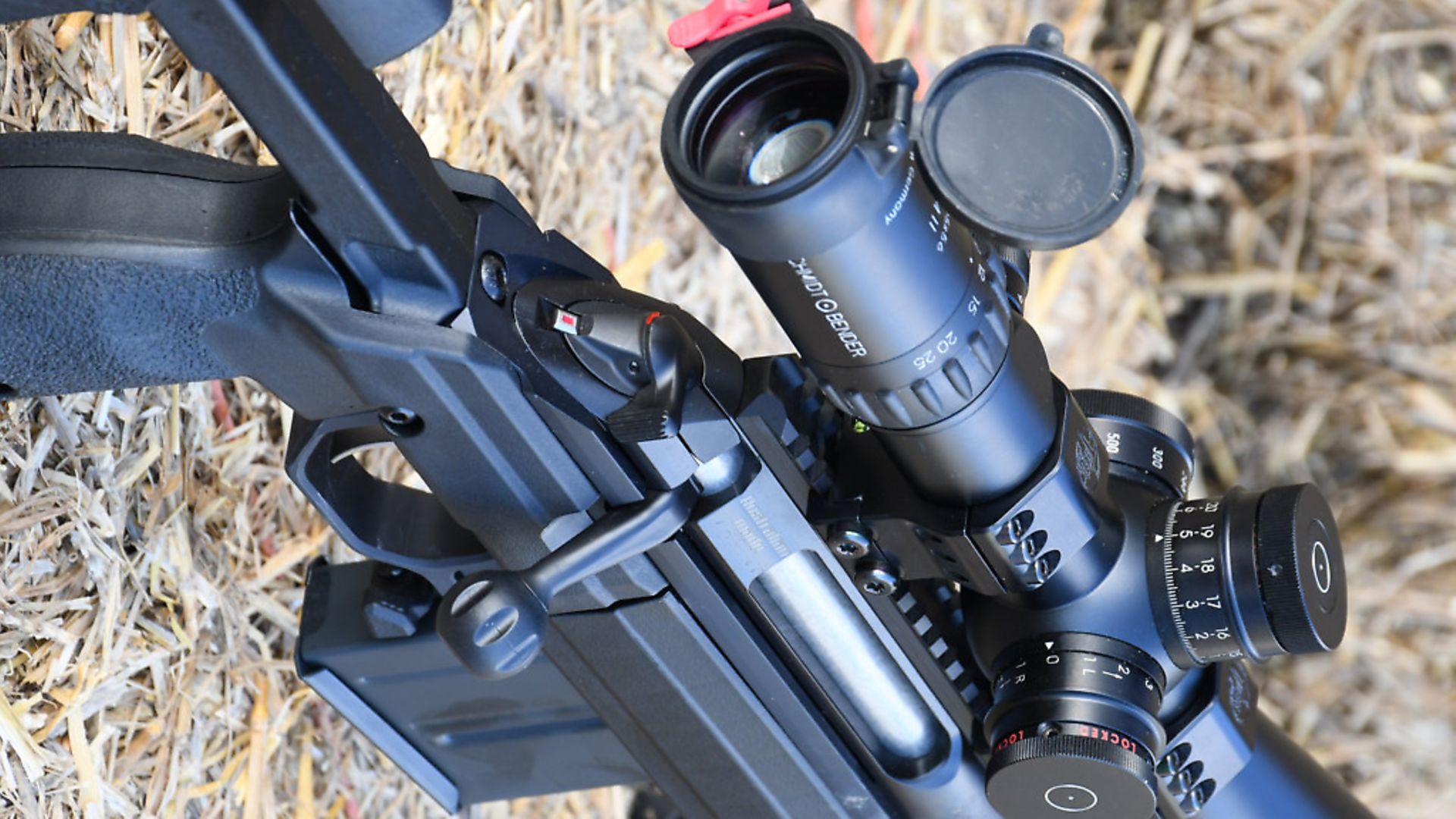 credit: Archant
credit: Archant
BRIEF OVERVIEW - Lithgow Arms LA105 Woomera Centrefire Rifle in 6.5 Creedmoor
PROS: Fundamentally accurate mechanics and barrel; Picatinny rail included; Adjustable stock with superb cheekpiece; Effective brake, if you like brakes CONS: I never loved the grip shape, finding it too angular with limited access for the whole hand
VERDICT: An accurate and reliable rifle with unique character, it is well worth a look and shows impeccable manufacturing standards for a precision tool still capable of roughing it in the field
RRP: £2,349
Contact: Highland Outdoors 01858 880 491 www.highlandoutdoors.co.uk
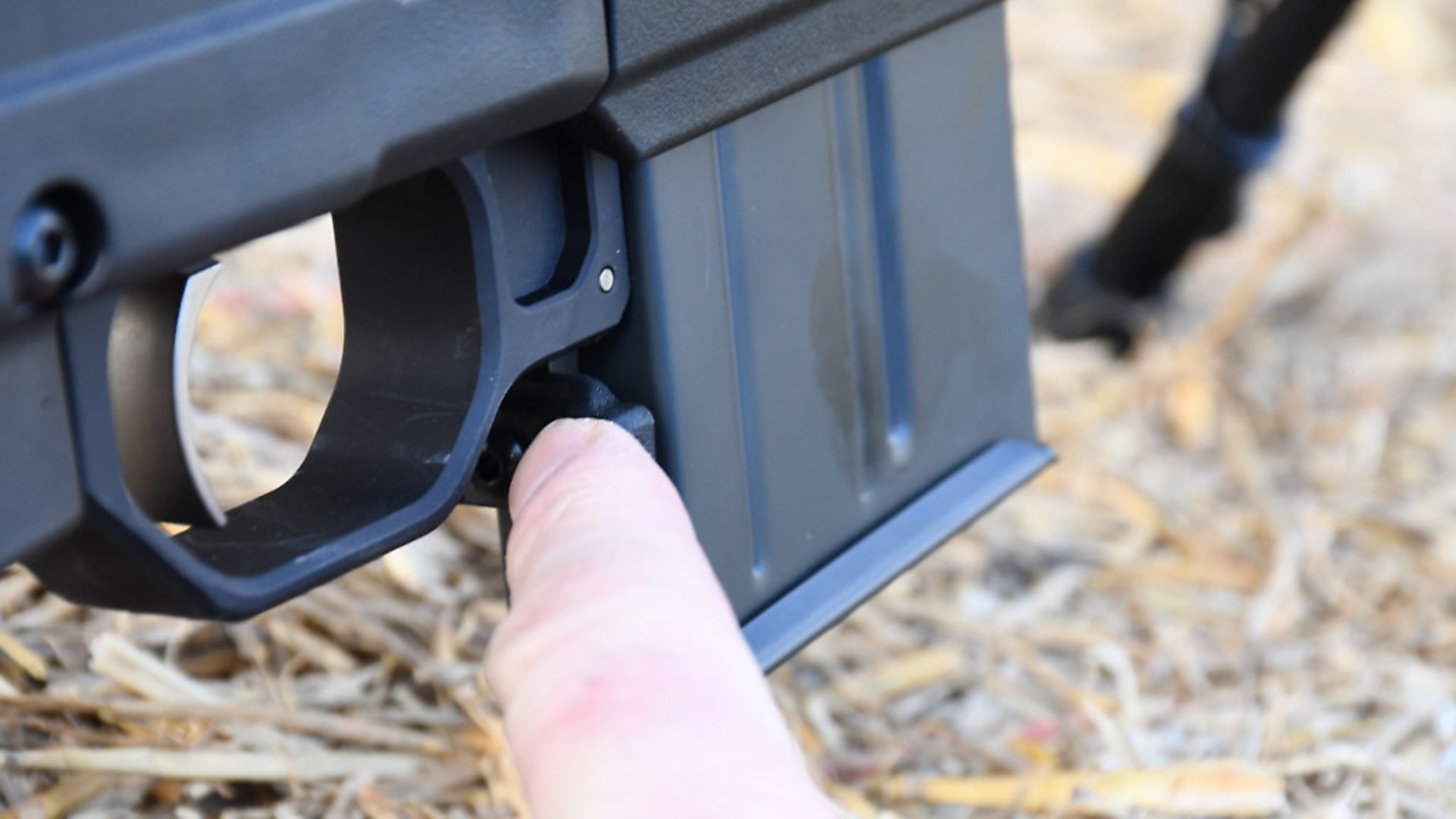 credit: Archant
credit: Archant
TECH SPECS - Lithgow Arms LA105 Woomera Centrefire Rifle in 6.5 Creedmoor
Calibre: 6.5 Creedmoor on test, 308 also available
Twist rate: 1 in 8” on 6.5, 1 in 10” on 308
Trigger: Single stage adjustable, weight, sear engagement, 0.75-1.9kg
Magazine: detachable steel AICS derivative holding ten rounds
Length of pull: 355mm/14” including 3x9.5mm spacers
Overall length: 462/1170mm inc brake and three spacers
Scope mounting: 20 M.O.A. Picatinny rail supplied
Accessories supplied: Grip panels, adjustable butt hook, adjustable comb, L.O.P. Spacers, Picatinny rails, Muzzle Brake
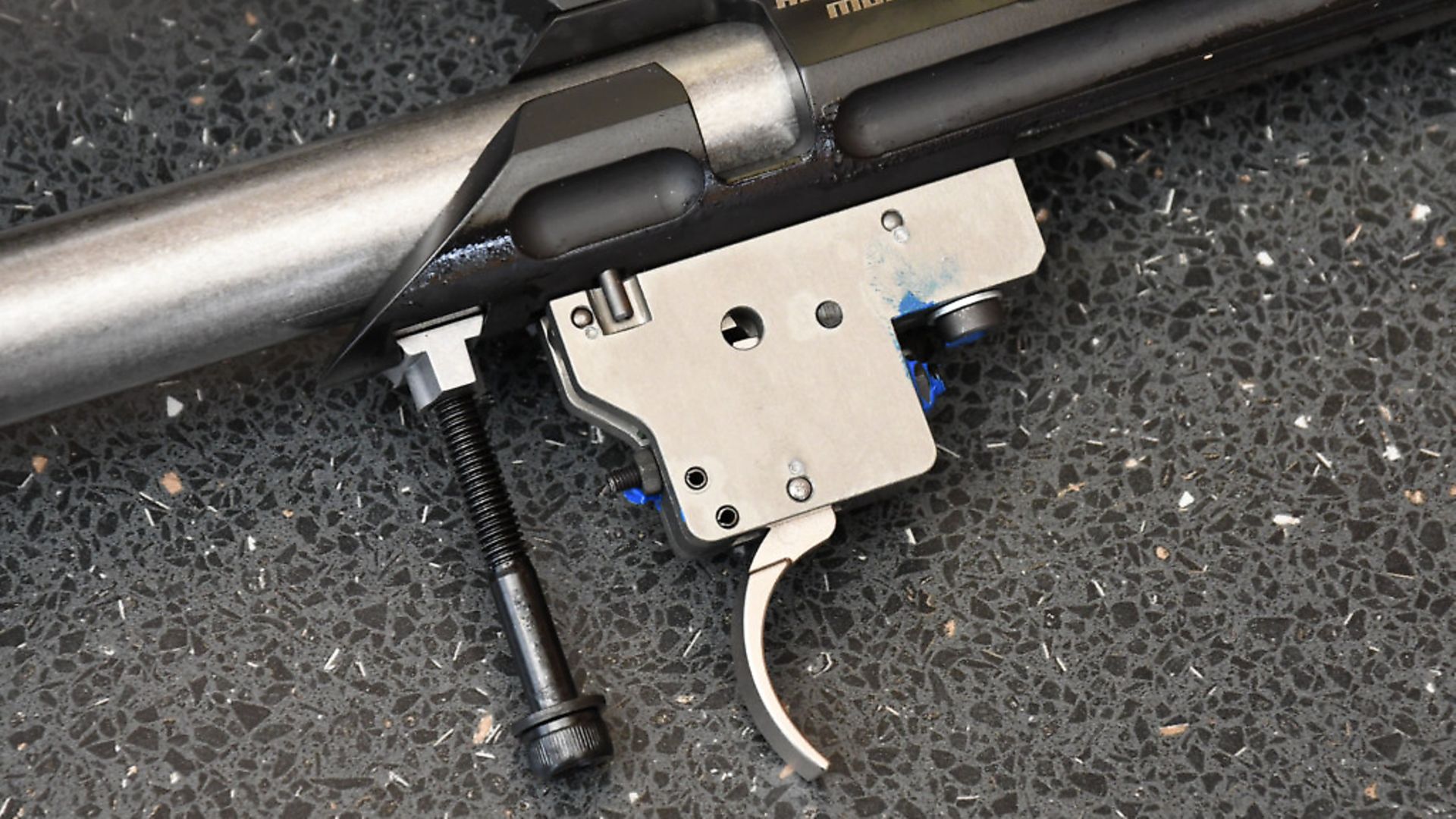 credit: Archant
credit: Archant
IN DEPTH REVIEW - Lithgow Arms LA105 Woomera Centrefire Rifle in 6.5 Creedmoor
Lithgow’s Woomera is the latest collaboration between the Australian rifle maker and KRG’s X-Ray stock. It sits somewhere in the precision rifle market with accuracy as its main goal, rather than a crossover from a heavier hunting rifle modified to make do.
The KRG has less of the looks of a metallic chassis but all the functionality and modularity required to customise your shooting.
All this begins with a dished 11° crown on the face of the thread-capped, screwcut muzzle offering a 5/8”x24 tpi fitting for a brake or sound moderator. Lithgow include a laterally triple ported brake that screws into position before locking in place with an Allen bolt to your desired rotation. This enables intricate customised recoil characteristics and lateral muzzle shift from firing torque should you desire to tweak it. All I will say is that it’s easiest to start out with it perpendicular to the ground and put a small witness mark on it to denote the rotational position should you need to remove it.
It can affect your retained zero if you don’t return it exactly. You certainly won’t want the ports pointing vertically – the blast reflected from the ground would be hideous – but it’s interesting to see how a small turn of just a few degrees can alter the recoil feel of a rifle in otherwise ultra-stable positions.
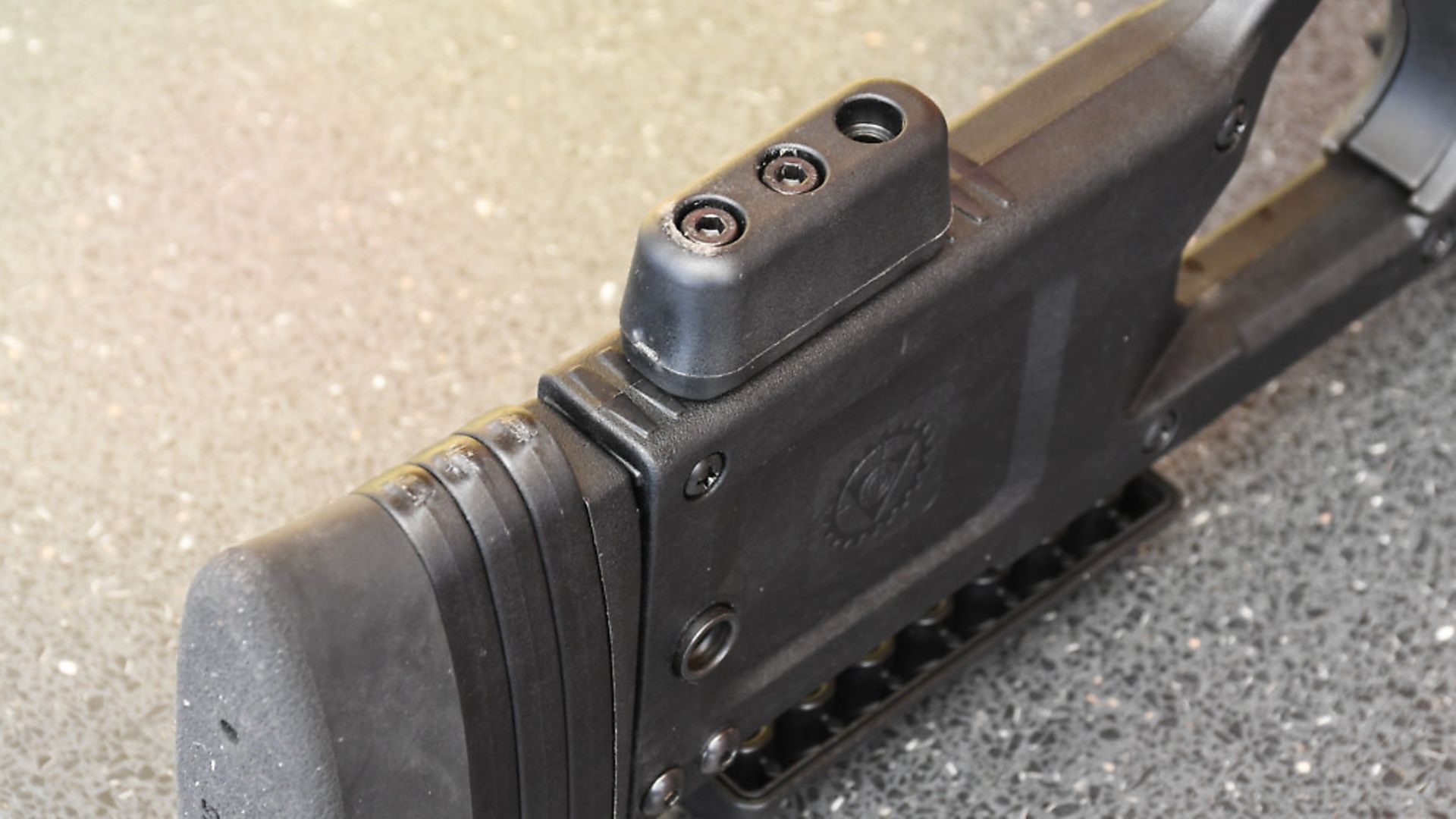 credit: Archant
credit: Archant
Bolt & action
Available in .308 or as seen here, 6.5 Creedmoor, the 24”/610mm barrel is Cerakoted for durability along with the rest of the action with a 1 in 8” twist suited to a broad range of bullet weights, but most appropriate in the favoured 130-147gr weight range desired by longer range target specialists.
The .308 offers a 1 in 10” twist that will similarly favour (but not exclude lighter) heavier .30 cal bullets in the 180gr+ envelope. We joke about the southern hemisphere antipodeans and opposing Coriolis effect appropriate to anticlockwise rifling spin, but the Lithgow still runs clockwise rifling most commonly seen throughout the world. The external profile taper runs straight from 21.1mm at the muzzle back to the action diameter of nearly 30mm and all is matt black for minimal reflection and corrosion resistance.
Lithgow show a cylindrical action with facets to the left and right side to break up the profile. I like the way they use a subtle logo engraved into the left side of the rifle, distinguished and personalised, nothing excessive and similarly with proof markings and calibre reference. The bolt has three lugs for a 60° lift with plunger ejector and extractor claw in the right-side lug (with bolt open) to enthusiastically fling the case from the spacious 81mm ejection port.
Bolt travel is smooth over its 108mm travel, using a 40mm handle capped with 20mm diameter spherical knob. These dimensions, and the long bolt with single internal raceway for the left side bolt stop, give the bolt ideal mechanical leverage ratios for fast transit without any hint of stuttering.
Beware of the counterproductive nature so often seen with overlength bolt handles that do nothing but destroy inherent metallic finishing and smooth operation. A three-position wing safety sits to the rear on the shroud with forward for fire and middle position for safe and locked bolt. Unusually, fully swung rearward unlocks the bolt so it can be unloaded with the firing pin, slightly over cocked and locked, with the safety still engaged and secure. This is a little unusual as often the centre position is used for this on most rifles with similar three-position safeties, but the Lithgow’s was functional and quiet in operation, and you soon get used to it.
My only caveat is that with the lever fully rear in line, it can bump the adjustable comb if that is positioned too far forward, so it’s worth keeping an eye on. If you do want the comb far forward, you could always cut a small notch out of it’s face for the lever to slot into.
One last thing – I don’t see the point of inlaid grooves in the polymer bolt-knob. It may look nice and is commonly seen on many rifles but I don’t see the functional point of adding rotational grip to an item realistically required to slide smoothly as the bolt operates – it is just an aesthetic touch at the expense of true ergonomic function.
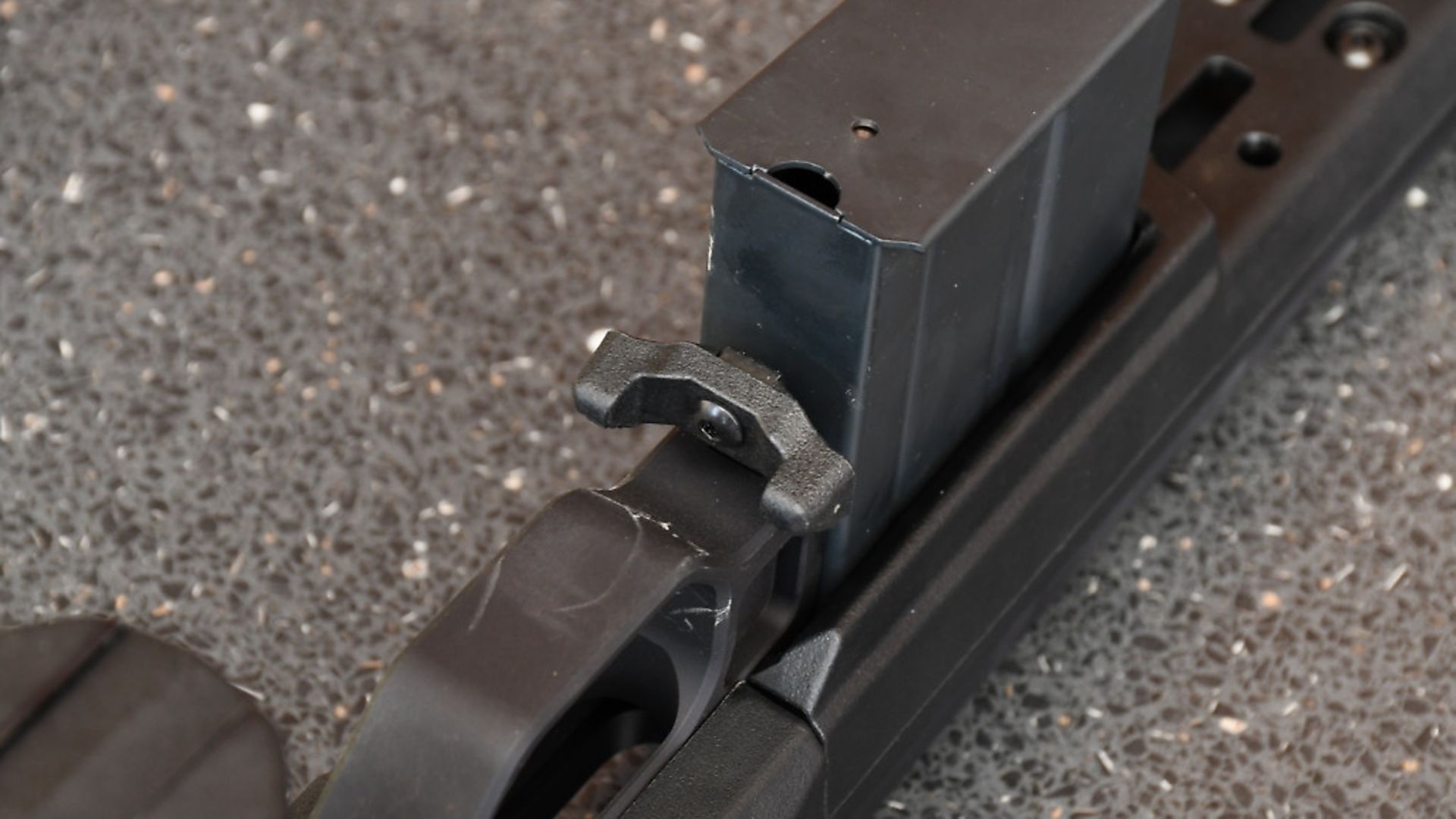 credit: Archant
credit: Archant
The action and stock are mated with twin screws fore and aft of the magazine well. The barrel tenon screws into the receiver and shows its threads openly where a recess is cut into the lower face of the actions cylindrical profile to engage the stock’s recoil lug. This steel component slots into a pocket on the aluminium chassis, which is peppered with other threads, stainless steel inserts and other intricate engineering details to perfect its performance.
Machining standards are excellent with a smooth texture to all black anodised components within this spine. Perhaps the best detail is the rear action screw, which locks into a laterally floating socket, dovetailed into the receiver’s underside to further alleviate any mechanical misalignment and consequent bedding stress.
The whole aluminium backbone is totally stiff with a fully floating barrel and tallied with the 20 MOA Picatinny rail bolted to the top of the receiver, threaded anchor points are shown at the tip of the 220mm fore-end for forward mounted accessories.
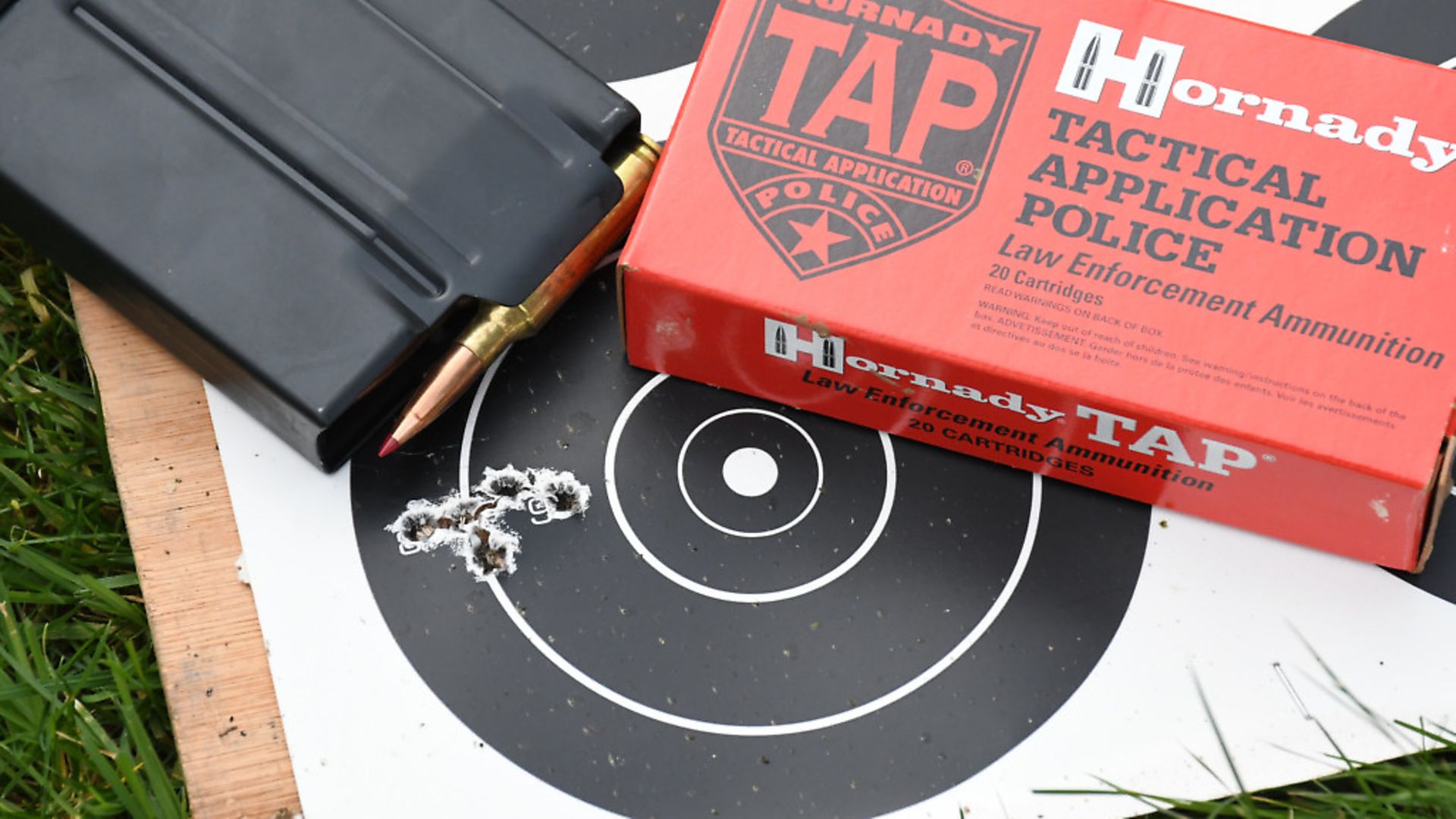 credit: Archant
credit: Archant
The trigger
A single-stage trigger is bolted underneath; the smooth blade is 10mm wide with pull weight and sear engagement both adjustable. From new, I measured pull weight at 1,300g with a slight amount of creep. The adjustment screws show blue threadlock to dissuade the casual twiddler, but Lithgow accept adjustment is possible in the instruction manual and were the gun mine, I would have lessened the sear engagement on a rifle that’s unlikely to receive rough treatment in the field when loaded. I would advise having it done by a professional. To my mind, Lithgow threadlocked it for a reason.
As it is, the trigger was easy enough to read and consistent in feel when shooting well rested. An overall adjustment range from 750gr to 1900gr is advertised. The trigger guard is spacious for gloves and an extended polymer ambidextrous magazine release sits at the front to drop the AICS compatible magazine into your hand.
This holds 10 rounds with a centre feed to the chamber and compatible with multiple brands like AI and P-Mags etc. The supplied unit is Lithgow’s own, carrying their stamp with a profiled follower to keep the rounds aligned from the off. Single rounds dropped on top of the mag through the ejection port and loaded straight into the chamber – the feed was reliable once you became familiar with the firmer feel of the mag in its well.
KRG supply plenty of accessories with their chassis-style stock. Picatinny mounting points are issued all over the underside of the fore-end with Magpul and M-Lok compatibility. The polymer sidewalls offer a degree of textured grip on their railed profile to decrease freezing hands in cold weather, and the whole back end of the chassis shows similar warm polymer texturing.
Polymer Picatinny rail accessories are supplied for the stock, which offers adjustable length of pull. Three 9.5mm spacers are supplied that require the 25mm rubber butt pad to be removed to install your desired length. Lithgow have thought this through and supplied screws of varying lengths to make it all secure.
The detachable comb is interesting. It is adjustable for linear position and can be swapped round offering alternate profiles from its asymmetric shape. I think this is a damn fine idea because I often complain of overly bulky adjustable units that push laterally against your jawbone (requiring your head to roll over them) rather than nestle under the cheekbone.
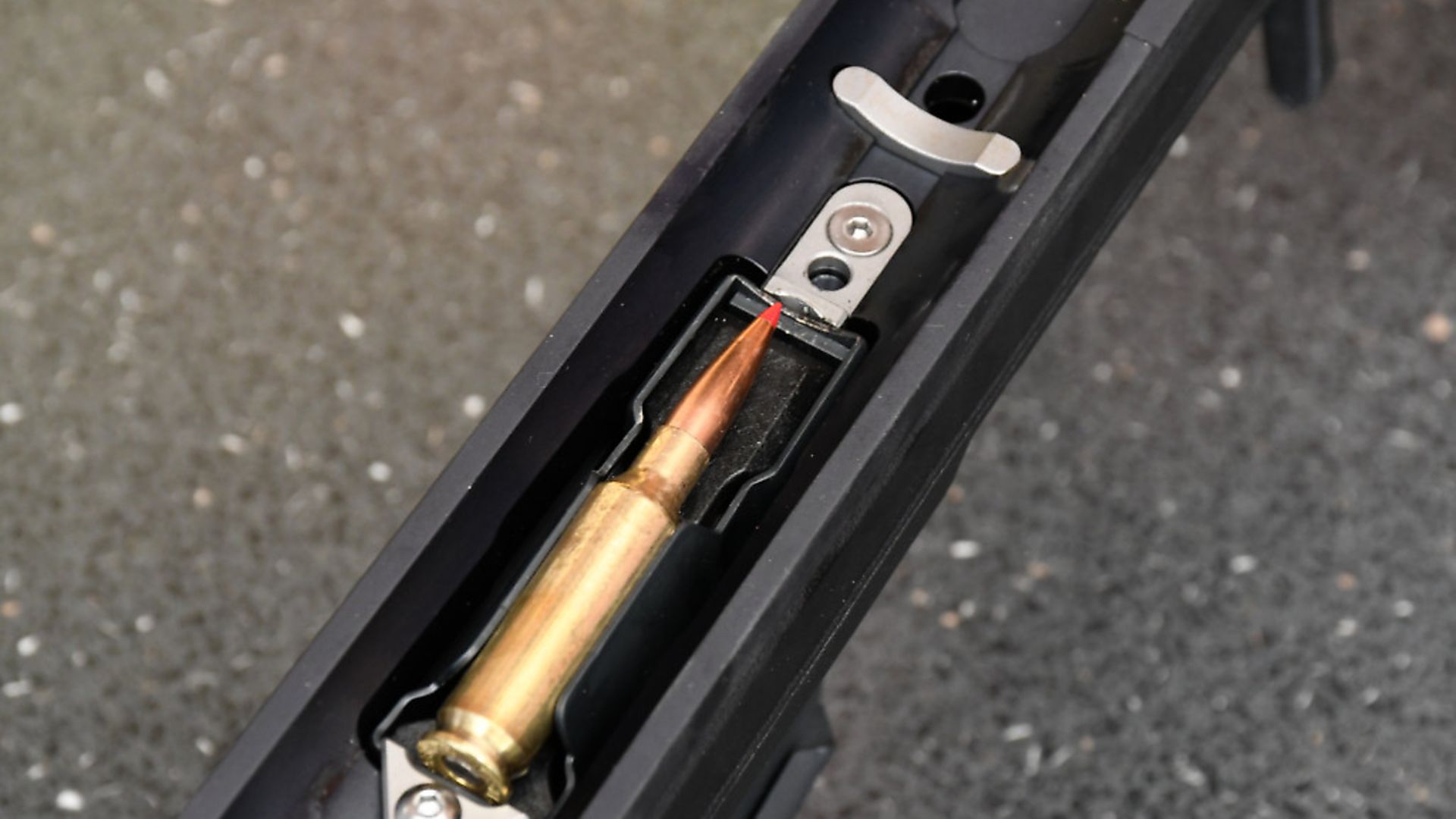 credit: Archant
credit: Archant
Coping with recoil
I’m not a fan of the way muzzle brakes transmit recoil through your jaw, but this rifle was comfortable, both ergonomically for correct scope clearance and sightline, as well as fitting tidily and without generating a resonant ‘ring’ from every shot.
The right side shows a polymer locking screw which is perhaps a little small, as it needs to be tightened firmly but the twin pillars hold the riser with rubber O-rings to maintain the desired position. The vertical grip is slim as standard with additional thicker panels and a central spacer supplied. Two minutes with an Allen key has these swapped for a slightly more hand filling profile, but overall the design is a bit awkward and suits a vertical thumb position slotted alongside the upper spine of the chassis rather than a more conventional wraparound.
Similarly, reach to trigger is midway between an AR-15 style short design, which has a proper grip, and a McMillan A5 or Bergara HMR type stock with thumb up or around vertical pistol grip. Quick-release sling anchors are sited either side of the butt and the underside bag rider/butt hook, also shows linear adjustment to suit your needs.
I used the rifle with a Schmidt & Bender 5-25x56 PMII scope to match the most likely use for this kind of rifle. Once adjusted, I certainly found the rifle comfortable in length of pull at 14”/355 mm with all three LOP spacers fitted, but I suspect some shooters may well want one or two more. I liked the bag rider/butt hook producing a comfortable rifle in prone or seated use with a Harris bipod under the fore-end creating a 600mm span plus the rear bag for stability.
I really liked, and I mean really liked the comb design, as I knew from the start, I rarely shoot braked rifles more than necessary, but found this one almost pleasant in comparison to its peers. The triple lateral ports gave the usual sharp sound and pressure wave that seem to envelop the shooter, rather than project it forward, but that is the price of directing exhaust gasses backwards to diminish recoil – and if you like brakes, this one is certainly effective.
I liked the fact it didn’t need removal for cleaning either, although I would suggest occasional removal to make sure the crown stays in good condition on a reasonably regular basis, but you will get a feel for how much soot is likely to get deposited on a rifle you live with day to day.
The balance point as used was about 10mm ahead of the barricade stop in front of the magazine so when rested for improvised support, pretty hassle free. I didn’t get on wonderfully with the grip, but my style may be considered a little dated.
I don’t consider myself to have particularly large hands and the angled bar rising to the butt from the base of the grip doesn’t leave a lot of space even for my palm to fit in anyway. Of course, with a brake, recoil force and control is a smaller issue, but I still like the full hand wrap on a rifle and would definitely want it for larger calibres.
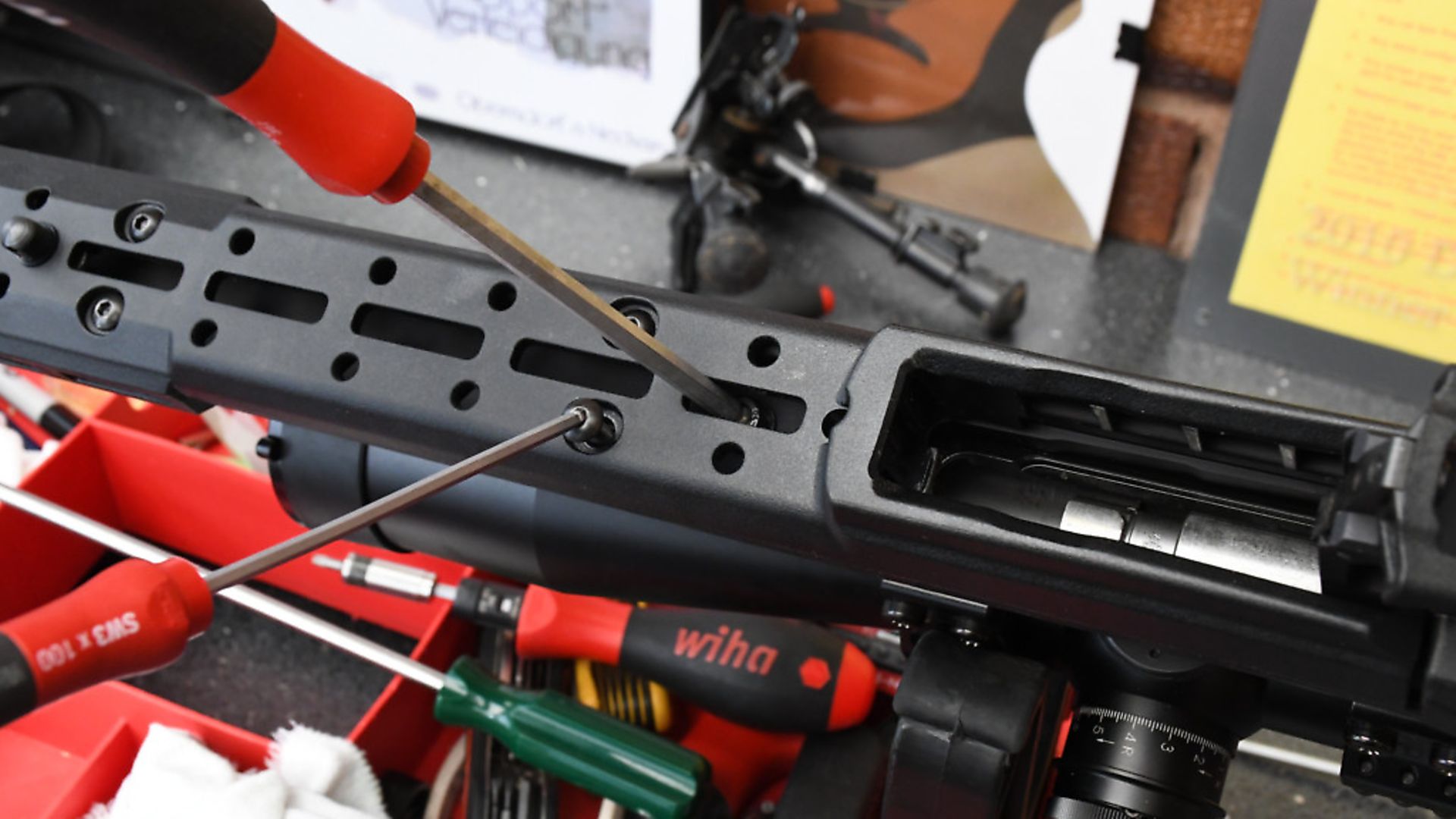 credit: Archant
credit: Archant
Range results
As for results on paper, the rifle showed an easily cleaned barrel that fouled minimally throughout the run-in process. The magazine needed a slight nudge to make sure it was correctly seated for ideal bullet feed and once learned, became a part of the reliable character. AICS magazines, in steel, will take a hell of a battering and last for years with hard steel feed lips ensuring a wear-free lifetime.
Five round groups sub-20mm at 100m were no problem, but consistent high winds through the test period limited shooting time. Hornady 147gr ELD-M match ammunition was developing 2666 fps-812 m/s with sub-10 fps consistency at the muzzle.
It’s noticeable that the groups show lateral string consistent to the crosswinds with far superior vertical spread and I’m confident that had the days of Storms Ciara and Dennis stayed away, these would have become nice cloverleafs. If a rifle shows core capability, I have no real need to push the around count in conditions I know will never flatter a rifle no matter how much I try.
The barrel showed a well annealed character with no point of impact shift over 20-shot strings and its medium/heavy profile had plenty of mass to absorb and dissipate the heat. I liked the fact it was happy to shoot bullets down in the 95gr arena without any issues within three 10mm click of zero at 100m.
Extended ranges always need more preparation for velocity spread and deeper calculation or trajectory and ballistic coefficients, but it’s nice to have a gun so adaptable to ammunition change if emergency ever requires it.
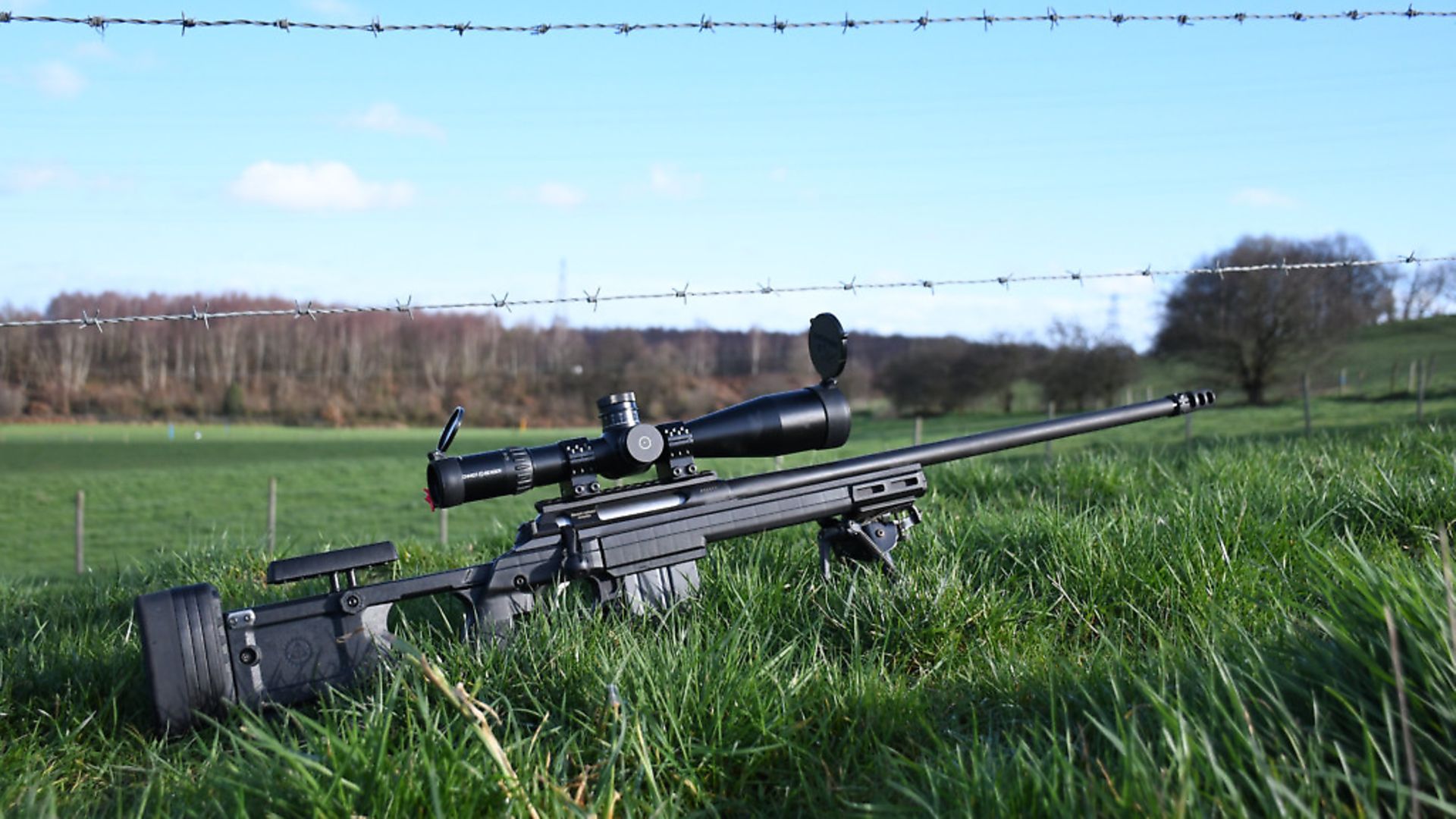 credit: Archant
credit: Archant
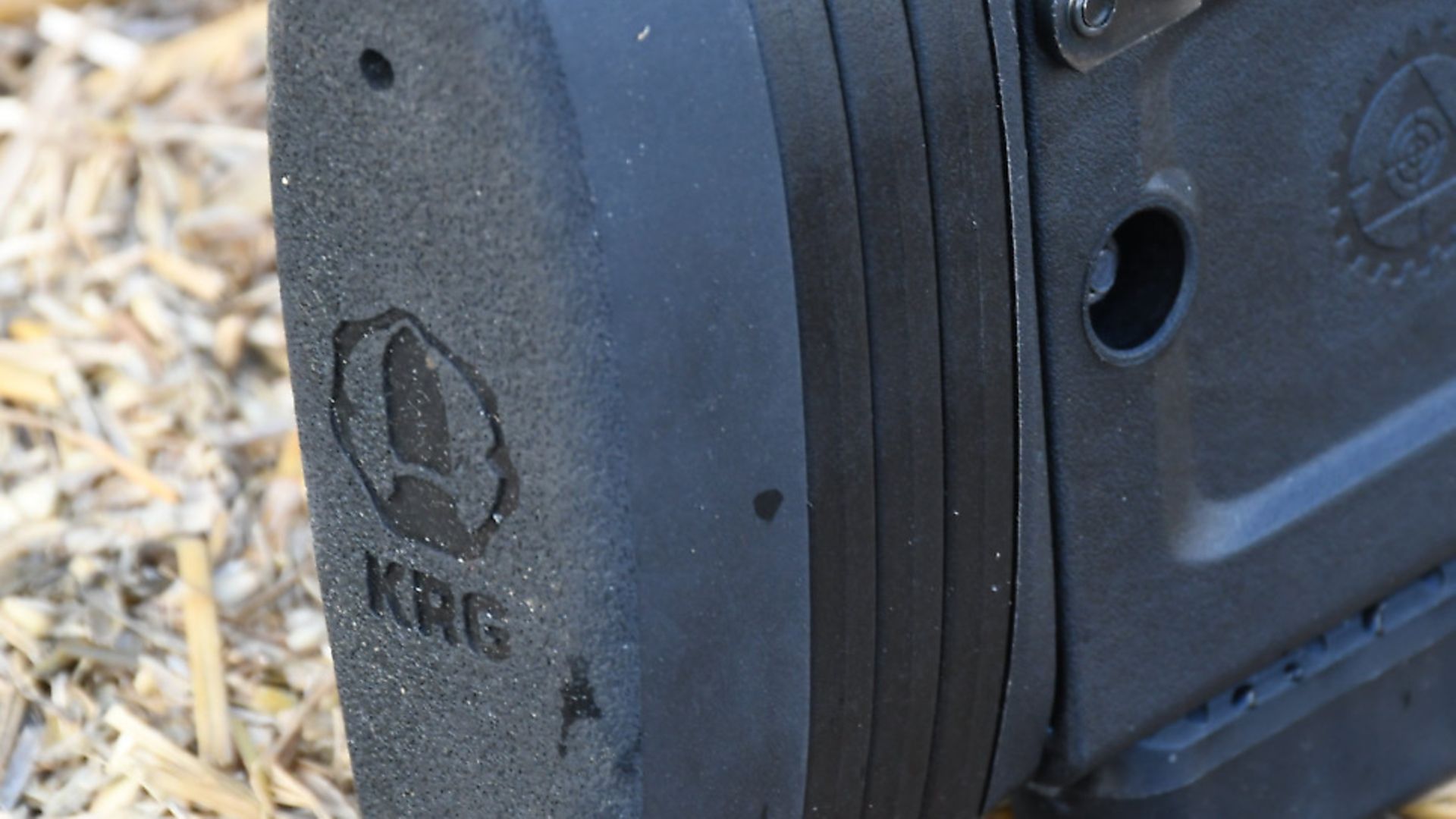 credit: Archant
credit: Archant
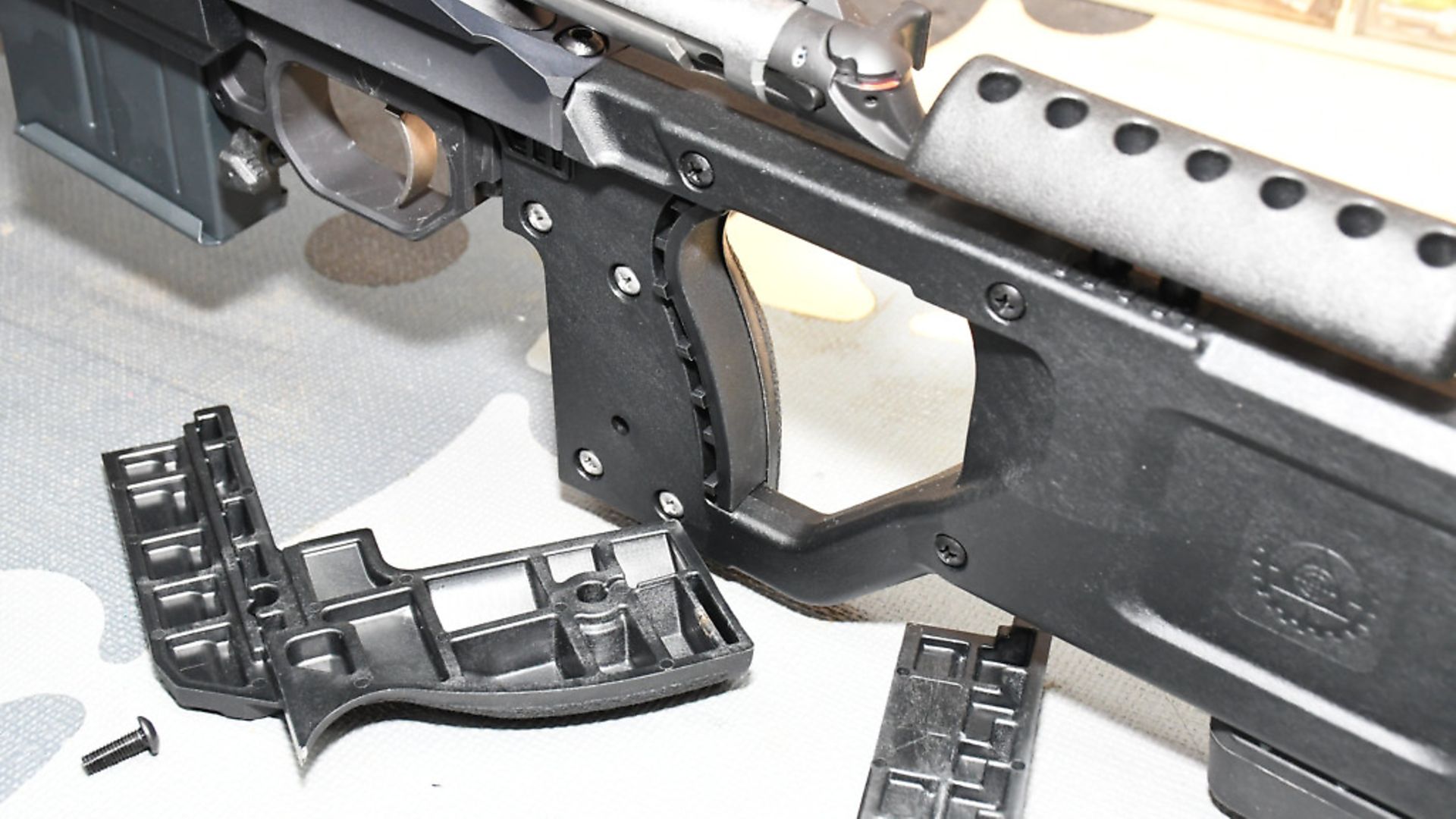 credit: Archant
credit: Archant
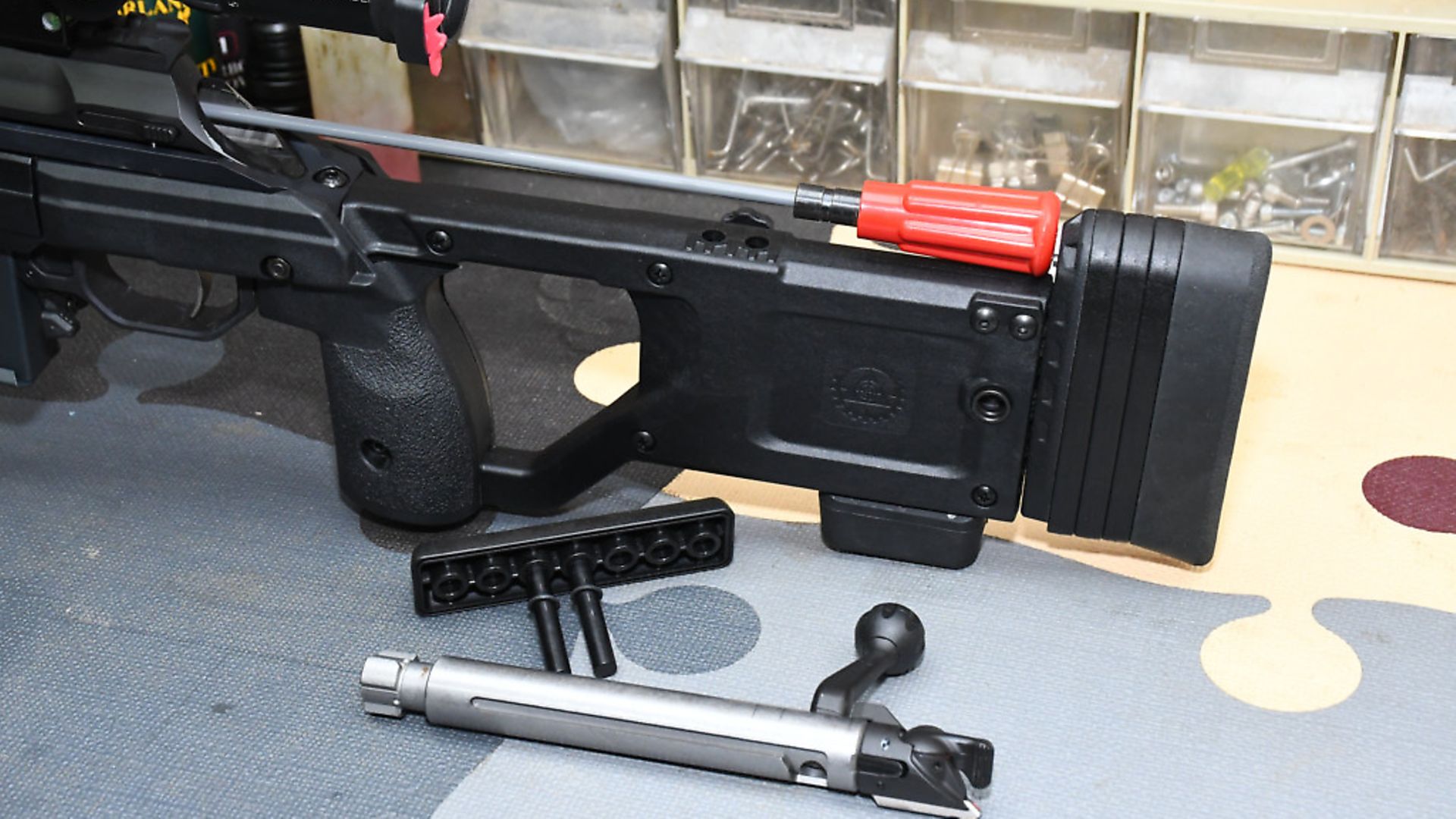 credit: Archant
credit: Archant
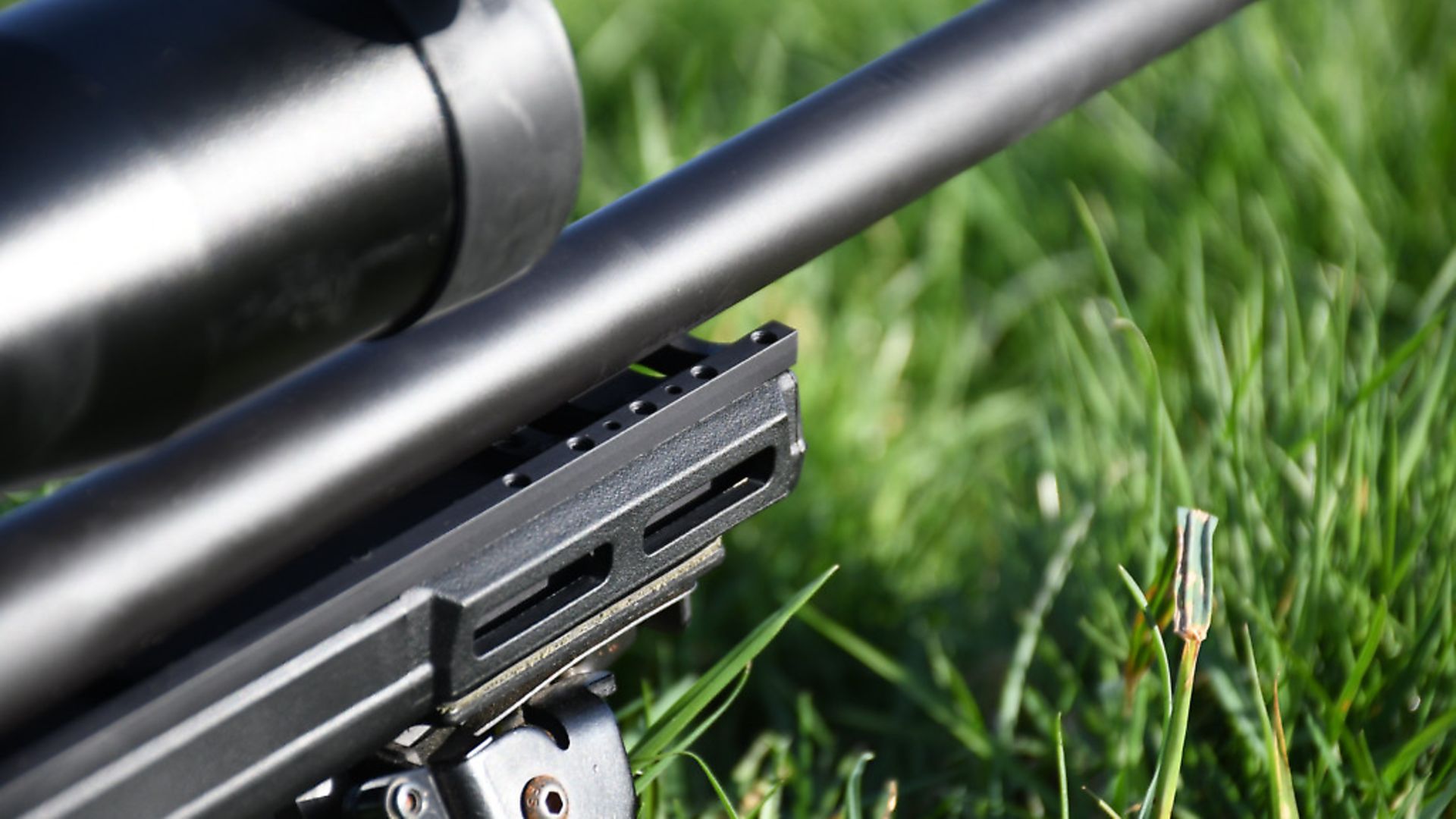 credit: Archant
credit: Archant
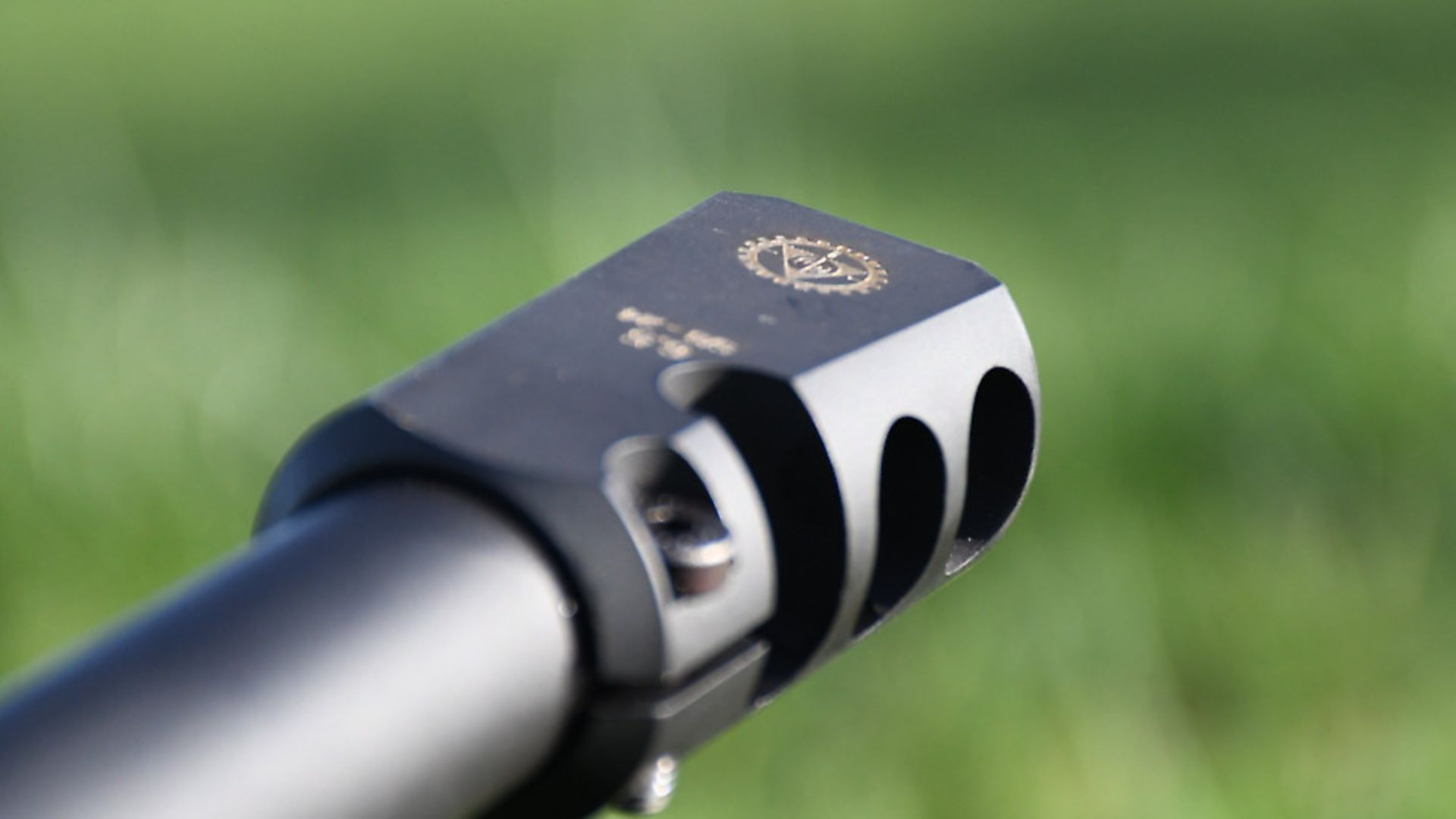 credit: Archant
credit: Archant
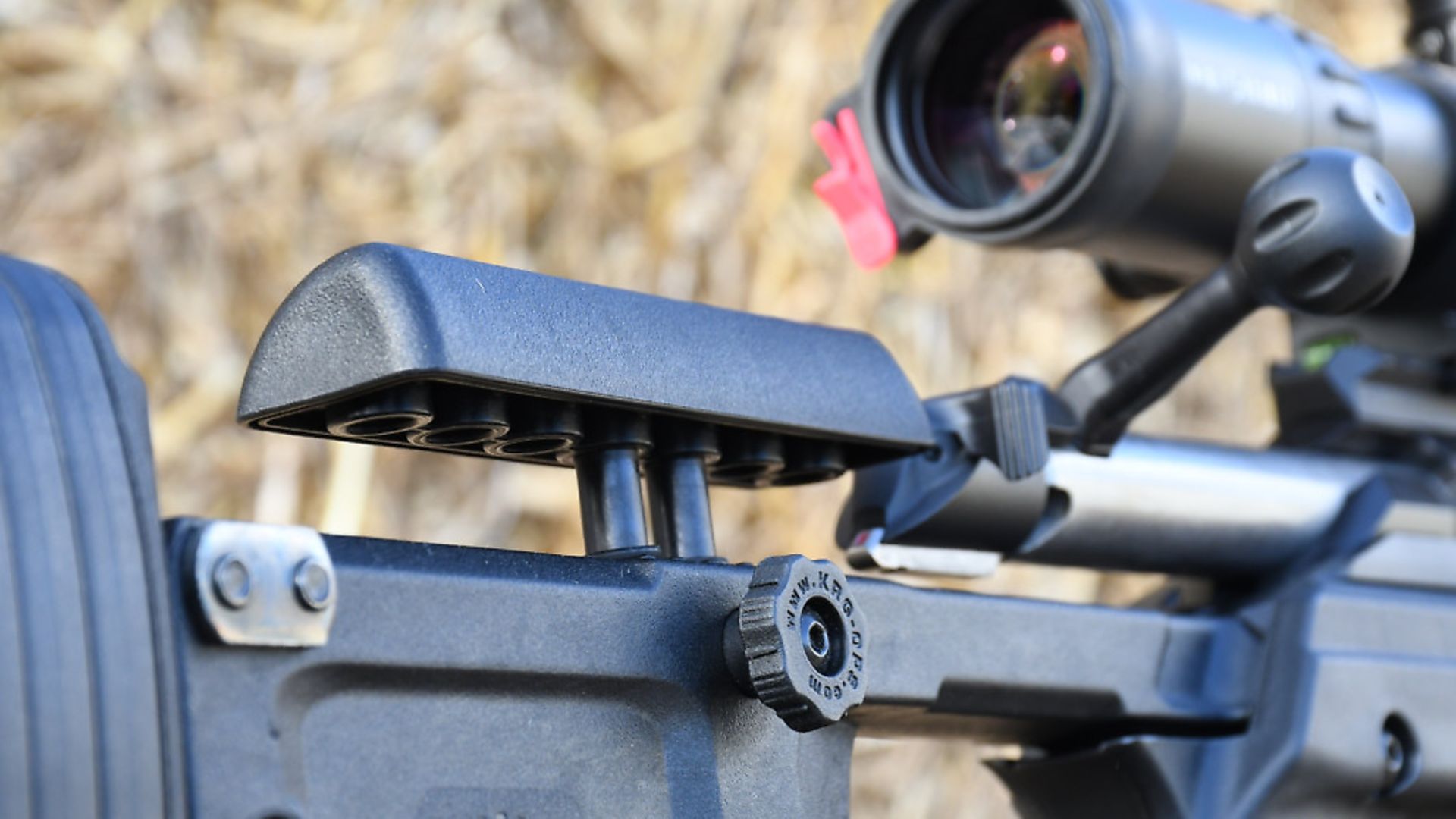 credit: Archant
credit: Archant
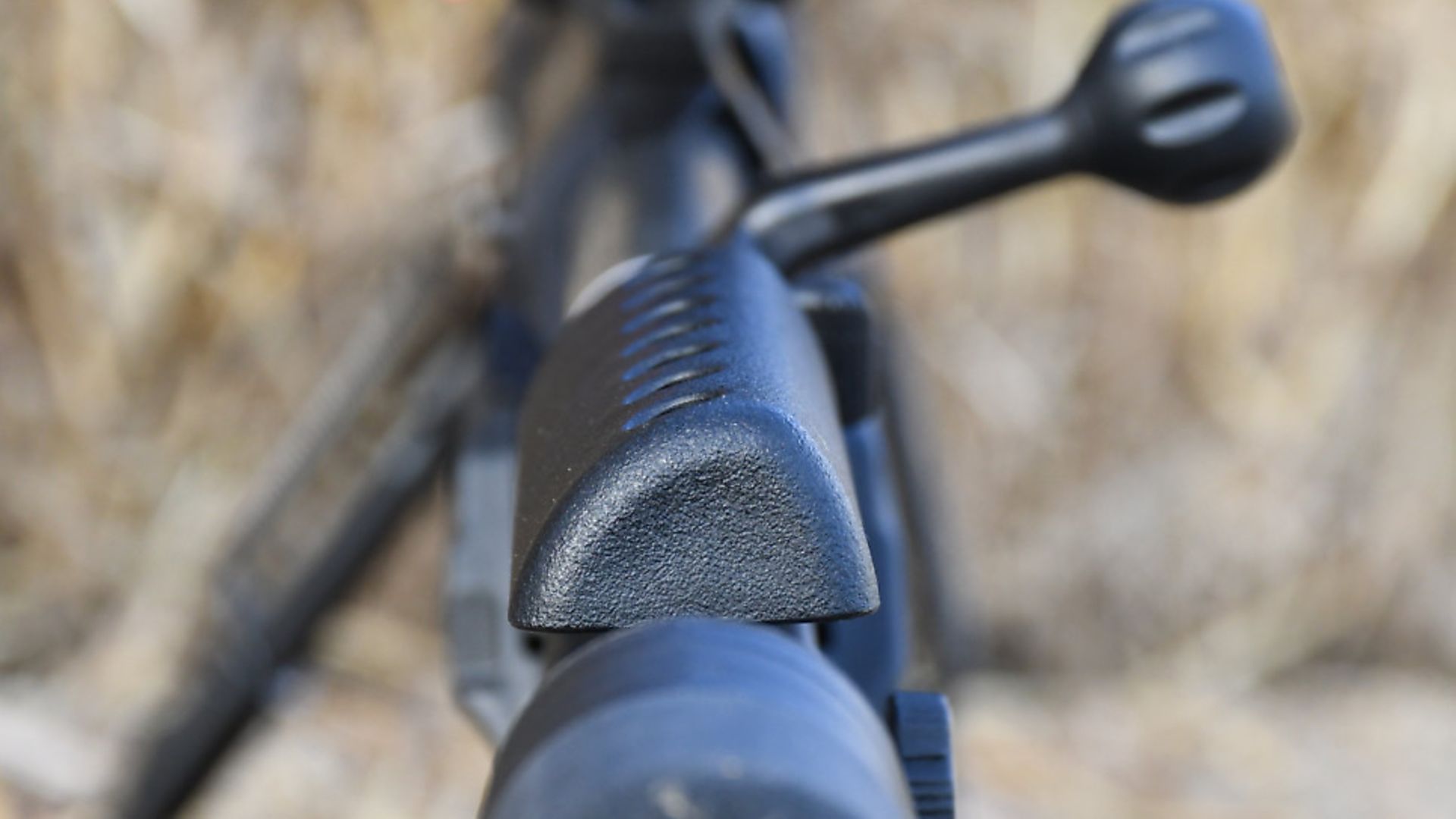 credit: Archant
credit: Archant